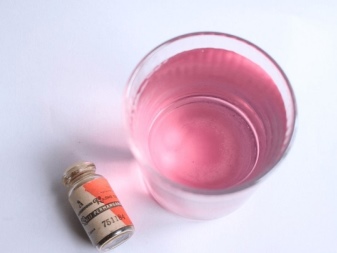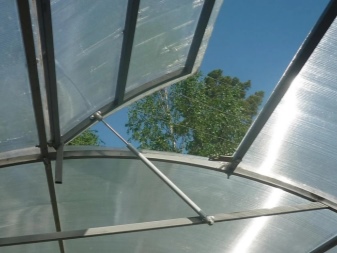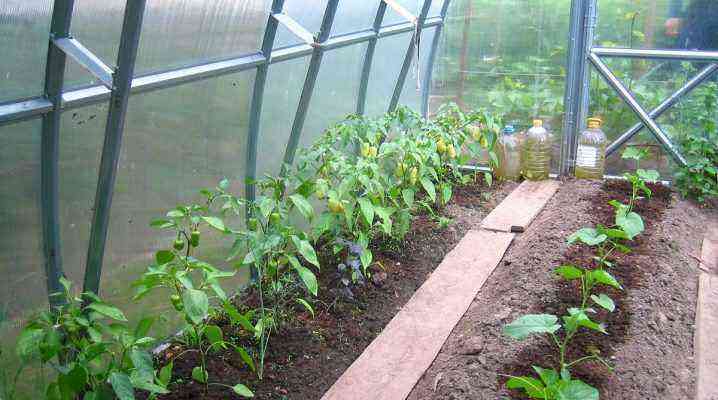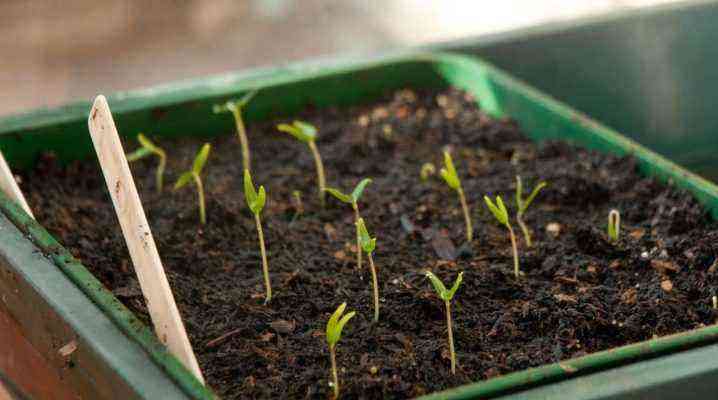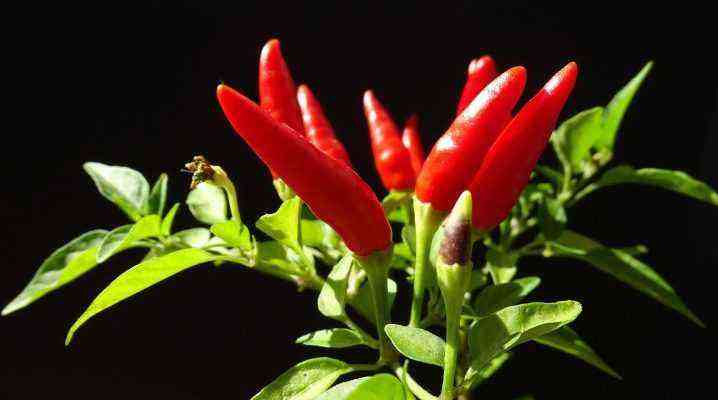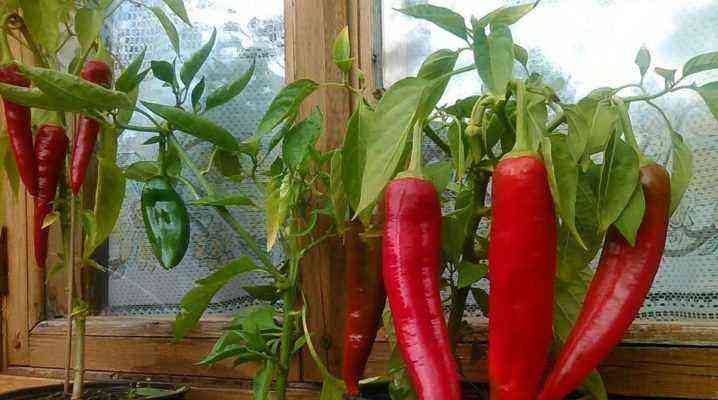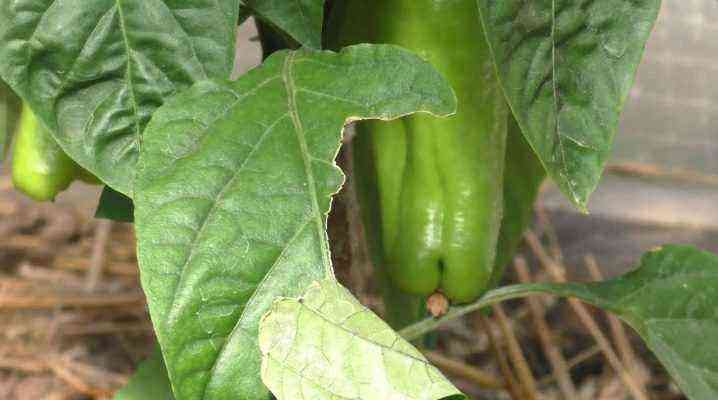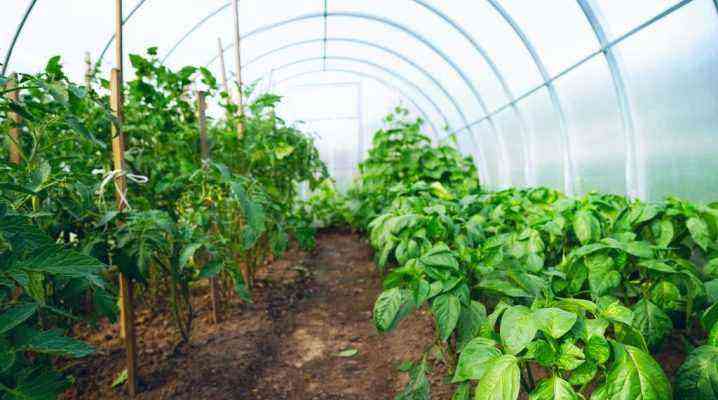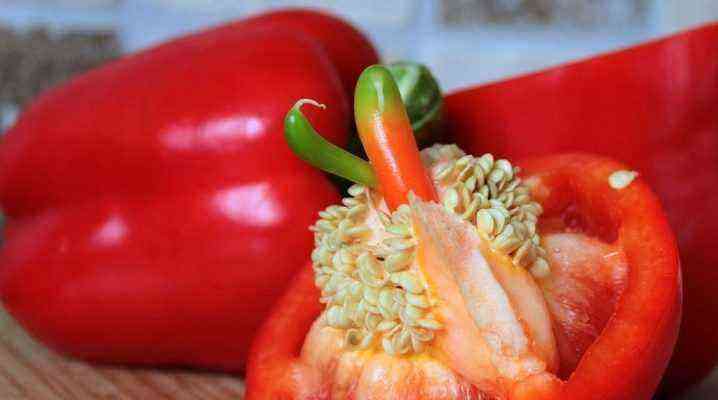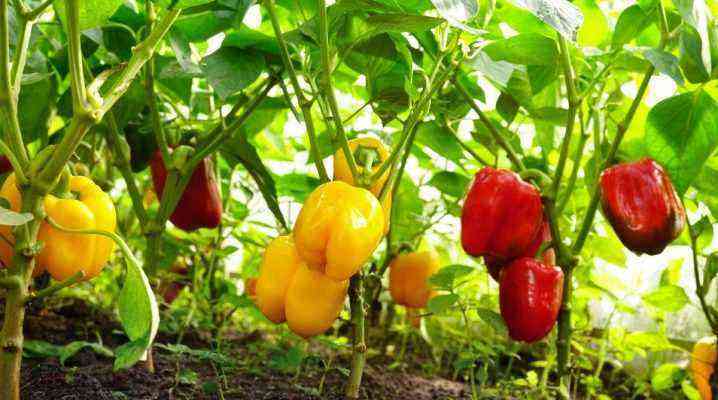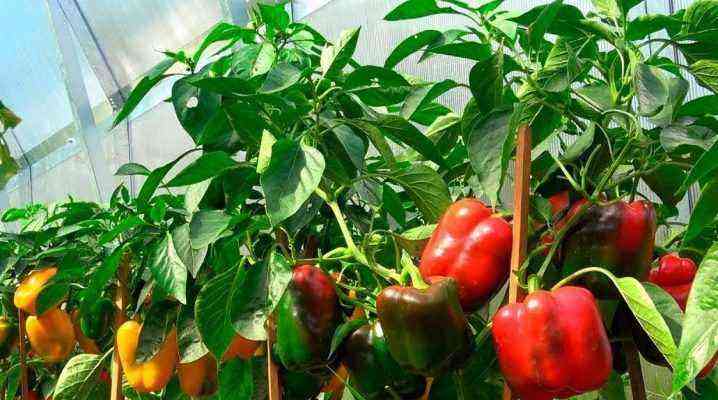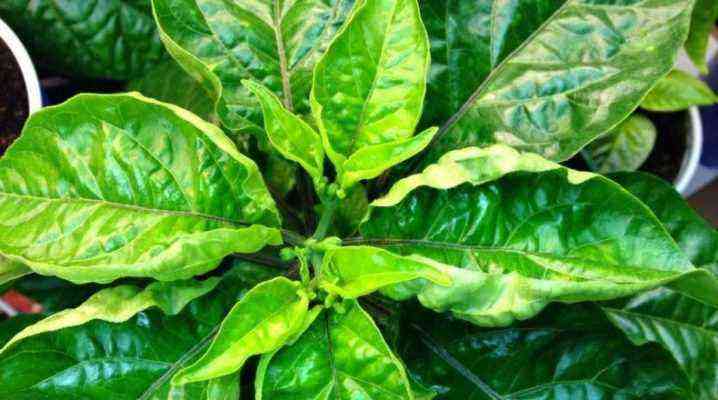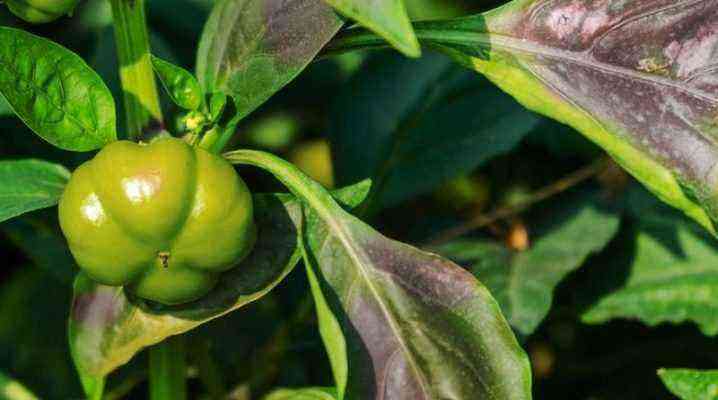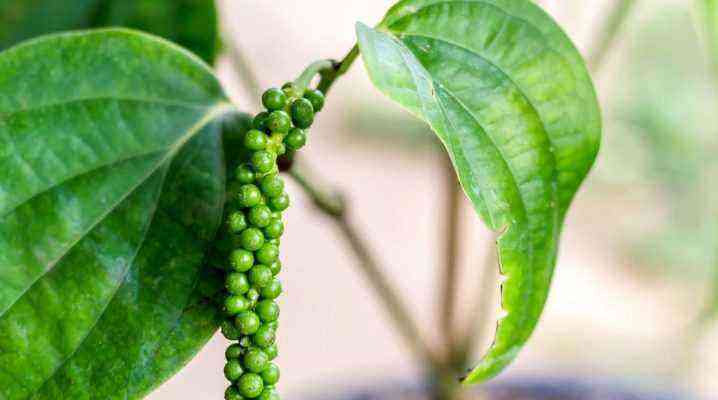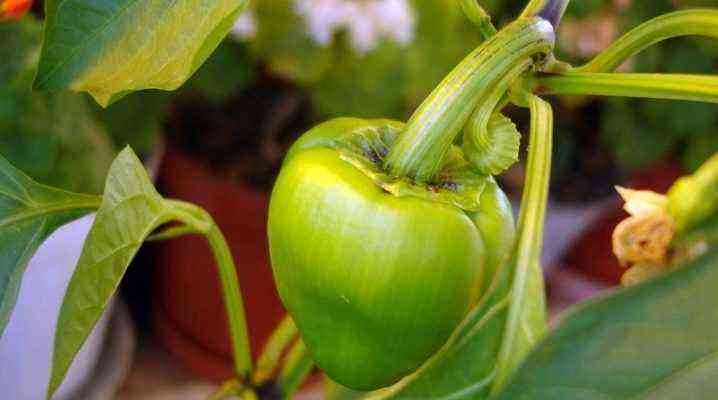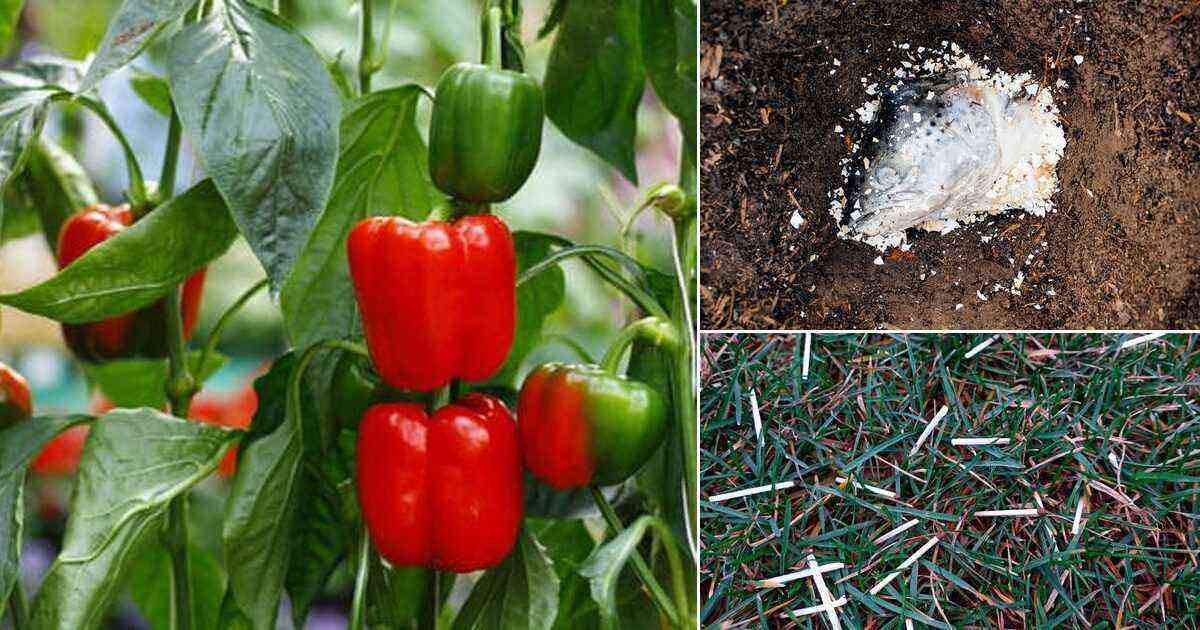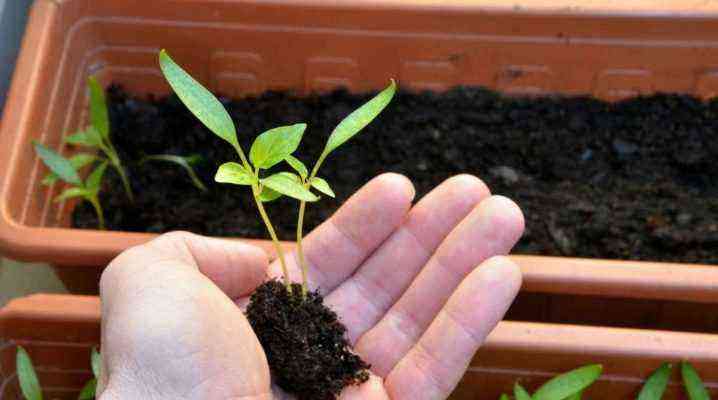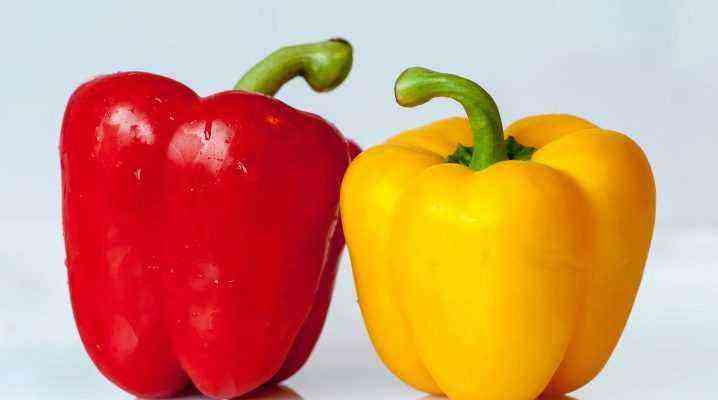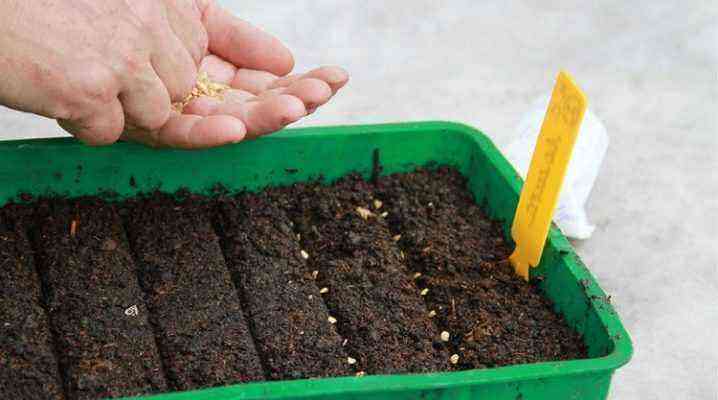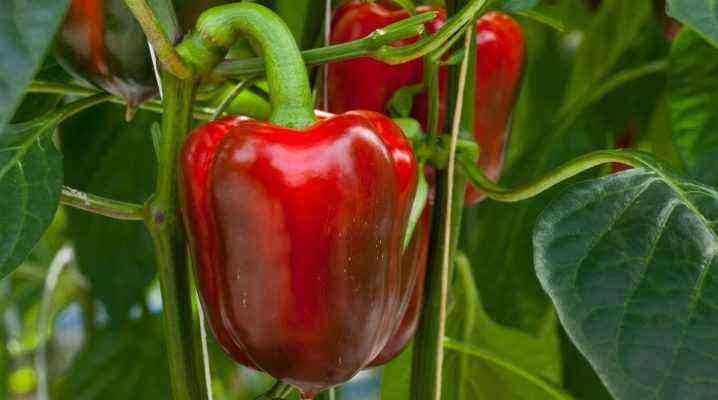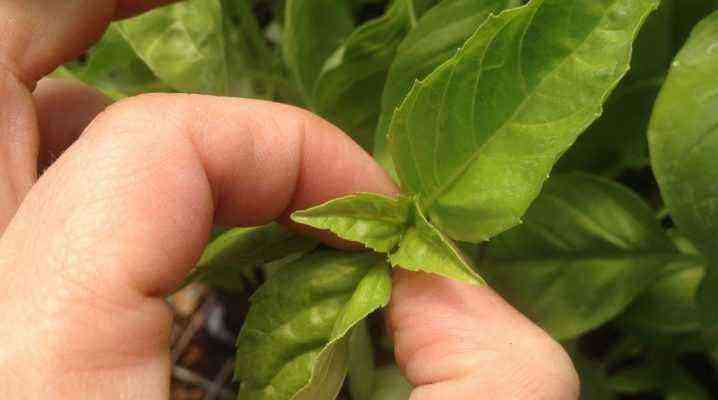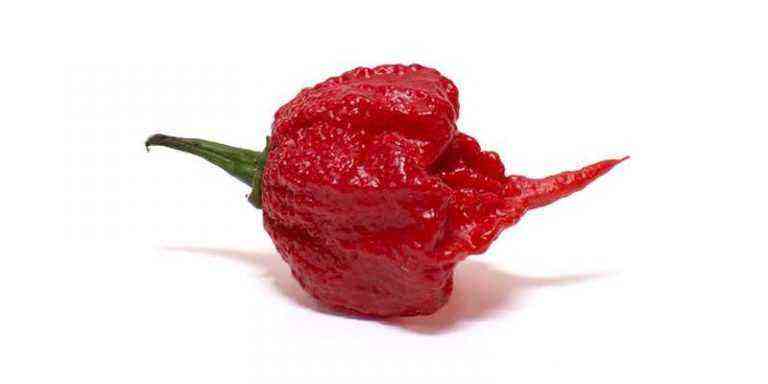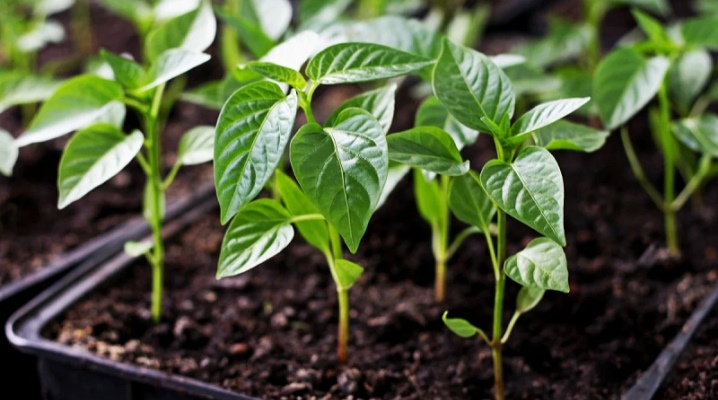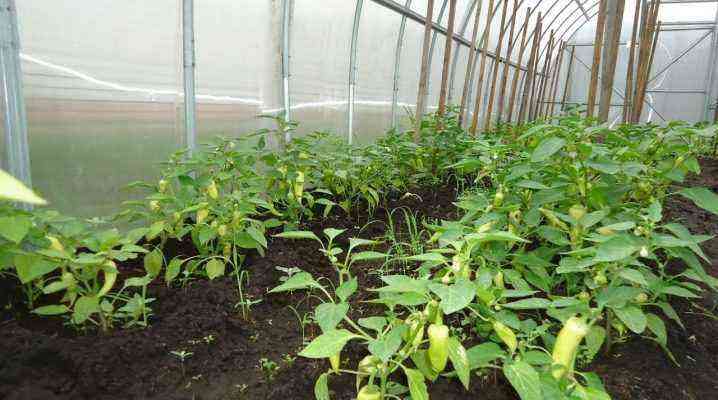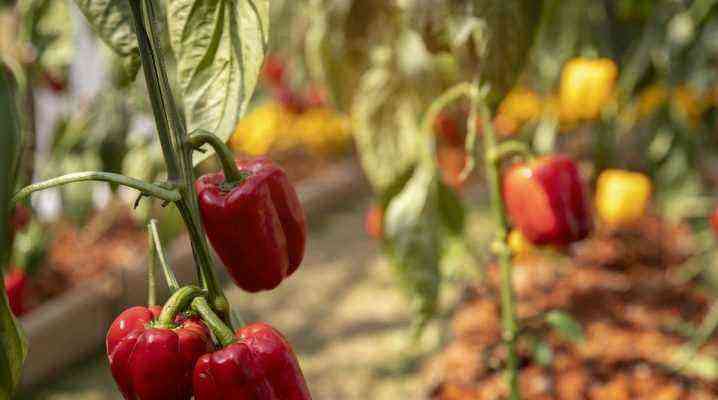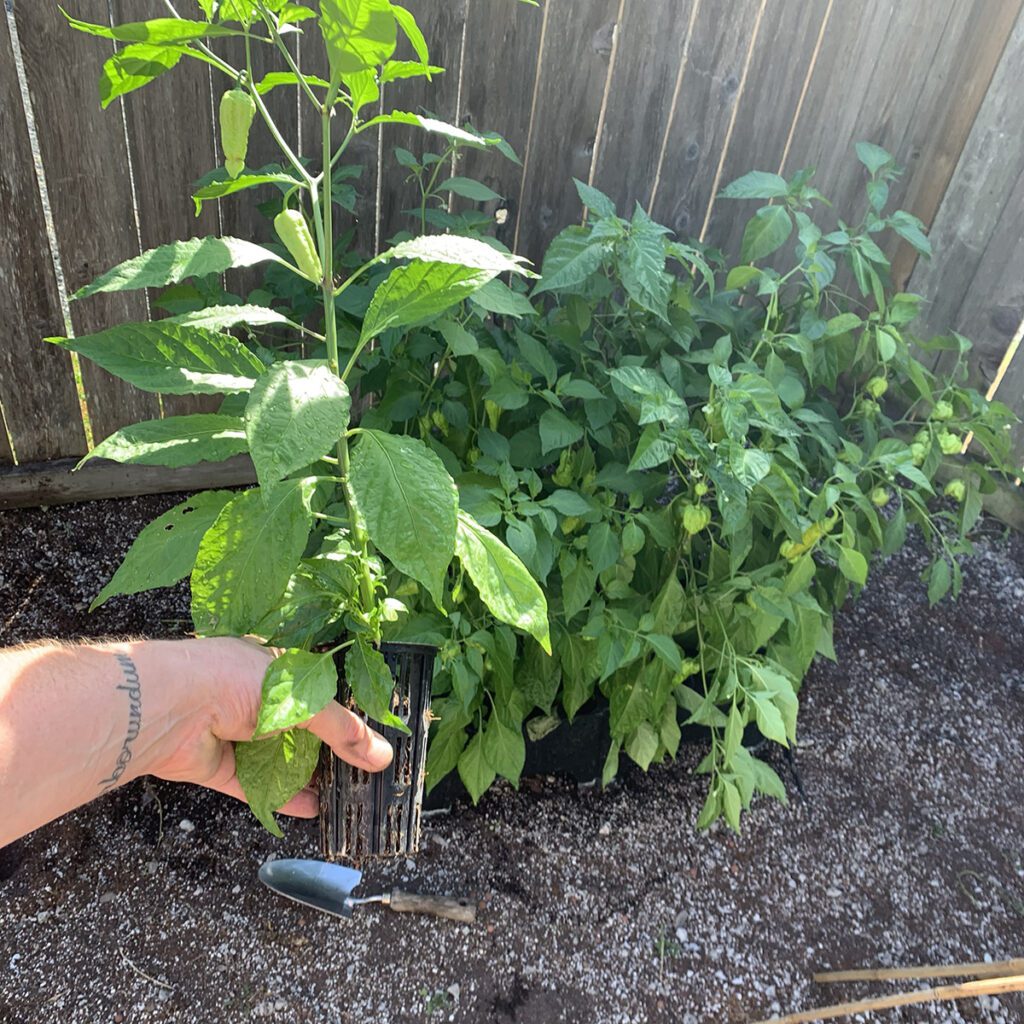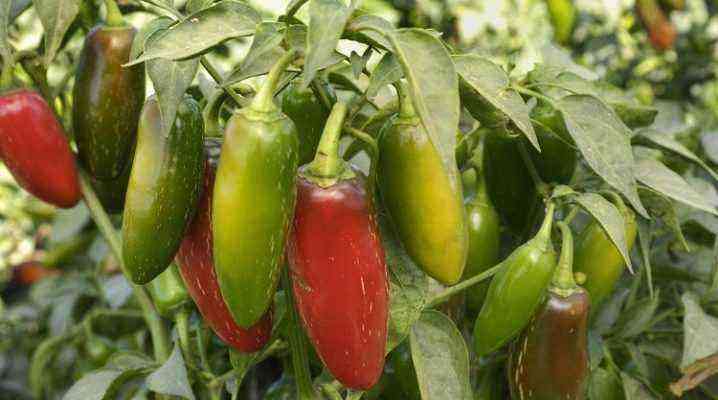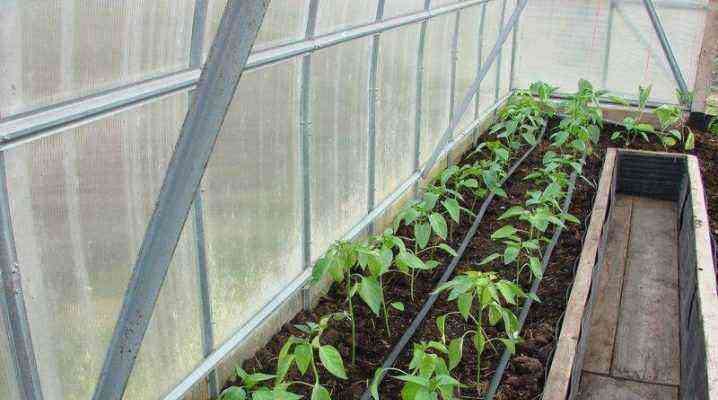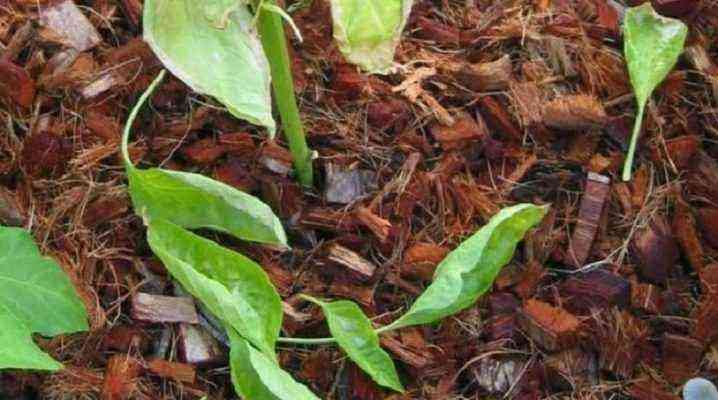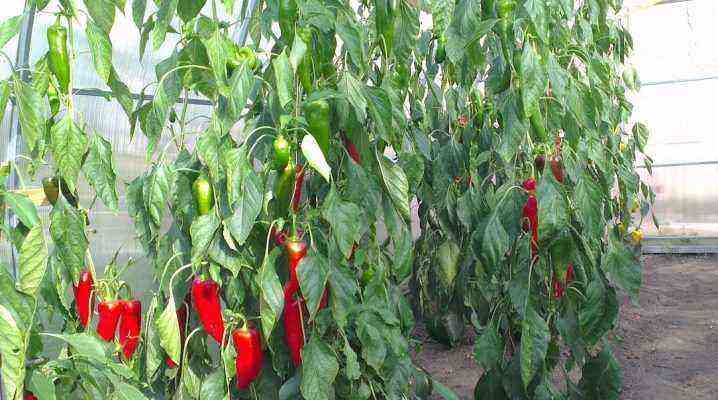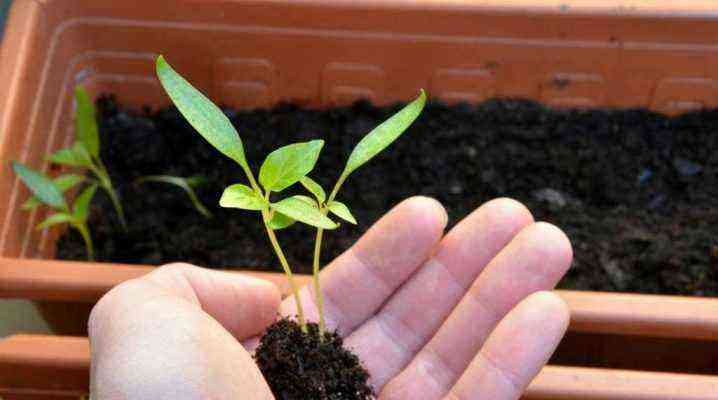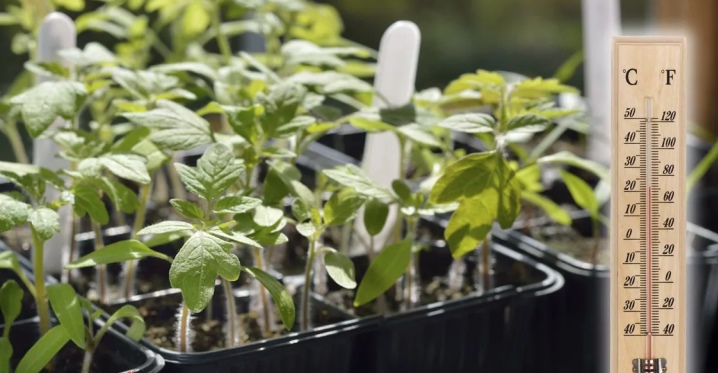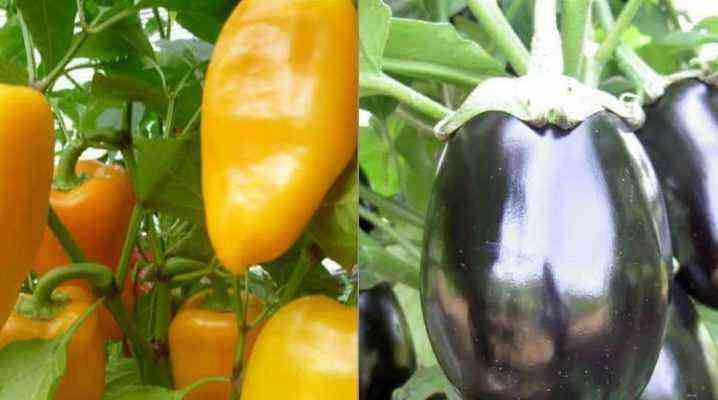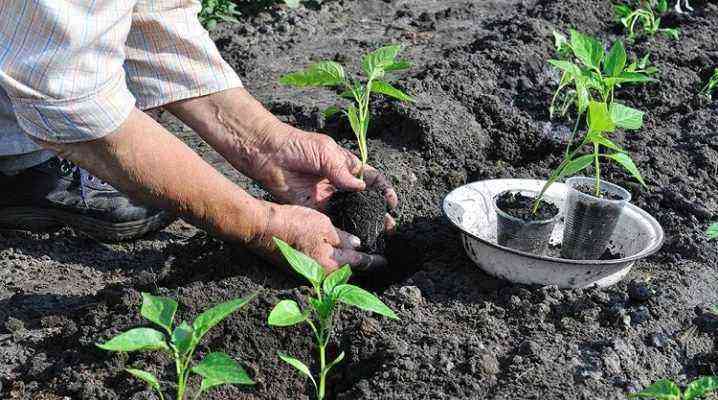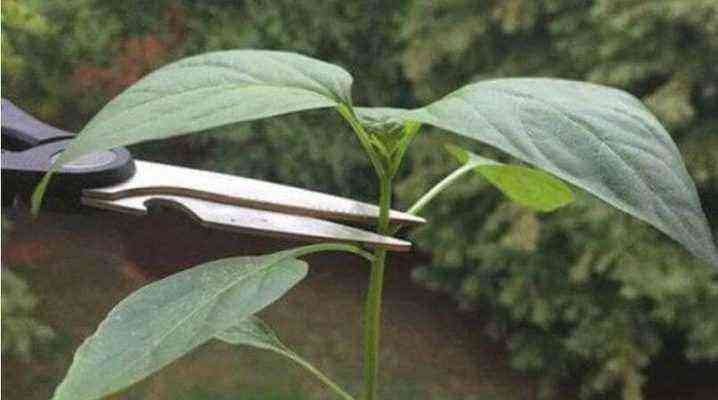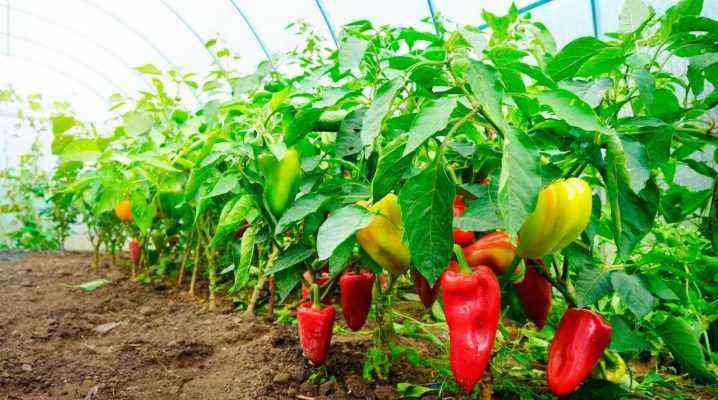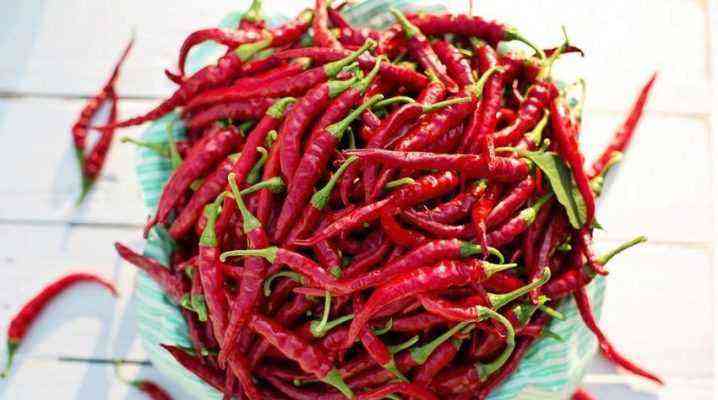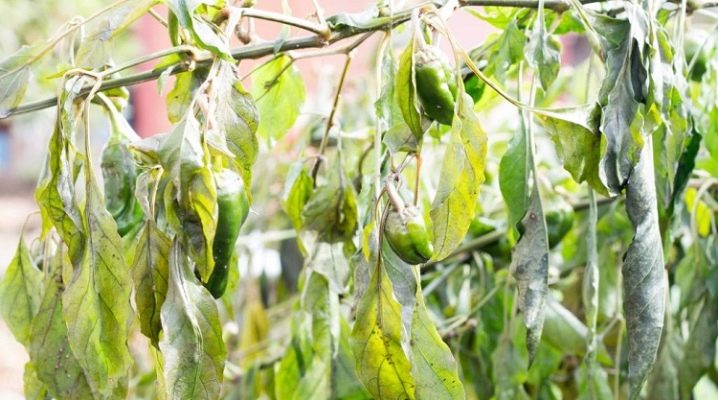
Growing peppers is a process that gardeners have been doing for many years. And it seems that during this time all the features of growing a crop should be well studied, however, summer residents continue to face some problems when caring for peppers.
Especially often difficulties are encountered when growing seedlings. For example, you may encounter the fact that the leaves fall off and turn yellow. Let’s analyze the reasons for this phenomenon.
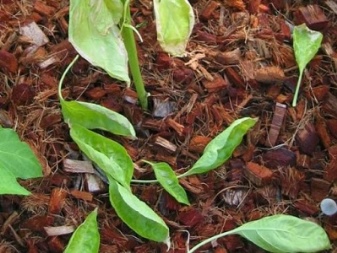
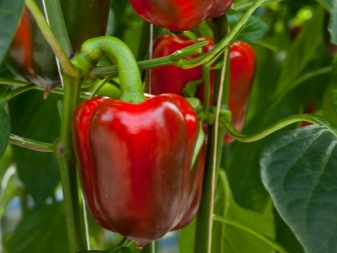
Mistakes in agricultural technology
The first thing a gardener needs to pay attention to is their own mistakes when growing.
Bad light
This is a light-loving vegetable, and especially good lighting is required for the culture in the seedling development phase. Light day for young shoots should be at least 12 hours. With a lack of light, the plant may shed its leaves.
As a rule, the optimal time for sowing is winter, but during this period the days are still short, so it is recommended to additionally use fitolamps at home.
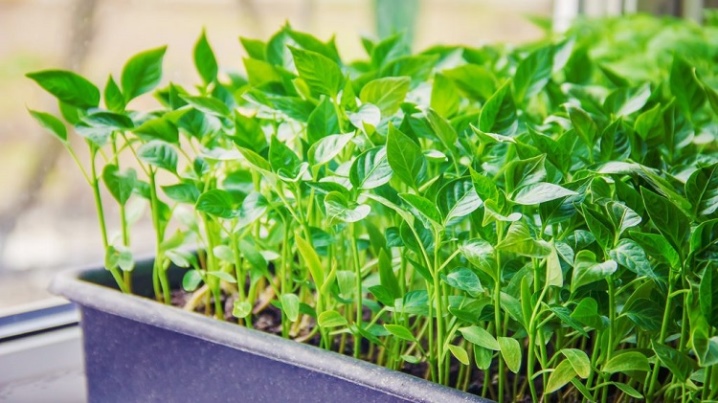
Wrong pick
If the seedlings have turned yellow and the lower leaves have fallen off, then the reason may be an incorrectly made pick. This is a very difficult process for young bushes, so picking should be done very carefully. To expose the plant to less stress, it is recommended to sow in separate containers. Another option could be planting in peat tablets. The grown bush is transplanted into the ground already with a tablet, and therefore the roots are not damaged, and the leaves also remain in place. If sowing is nevertheless done in a common container, then keep a sufficient distance between future seedlings so that the roots do not touch or intertwine in the future.
After picking, keep the containers in a dark place, as with the development of seedlings after transplanting to a sunny area, the leaves may dry and fall off. By the way, the death or improper development of the root system also leads to shedding of seedlings. This usually happens at the stage of active development of the culture, when the roots grow vigorously and begin to bind to each other. In this case, the process of absorption of nutrients is disrupted, and the roots die off.
To avoid this, carefully straighten the root branches when transplanting. Then the shoots will grow strong.
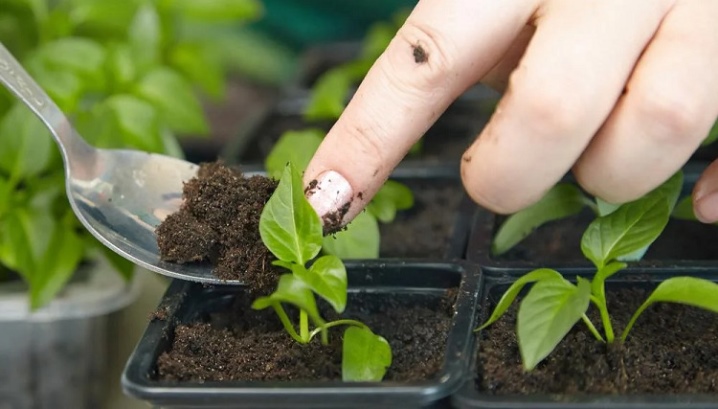
Low temperature
This is a heat-loving plant, so seedlings should be kept at a temperature of + 22-25 degrees. The optimum temperature at night is +14 degrees. Leaves can fly around if young bushes are in a draft. If pepper is grown in cold regions, then it is better to sow after mid-March.
Incorrect watering
Leaves can be dropped both with an excess and with a deficiency of moisture. With frequent and large volumes of watering, the roots begin to rot, which in the future causes disruption of normal development and growth. With rare moisture, the plant does not receive the necessary substances, the roots begin to dry, and the leaves fall off. Therefore, irrigation is carried out as the topsoil dries out.
Also, the cause may be too cold water: in this case, the roots do not accept liquid. The water temperature should be + 20-22 degrees. Another factor influencing leaf fall is the use of tap water. This is due to the content of chemical elements in it.
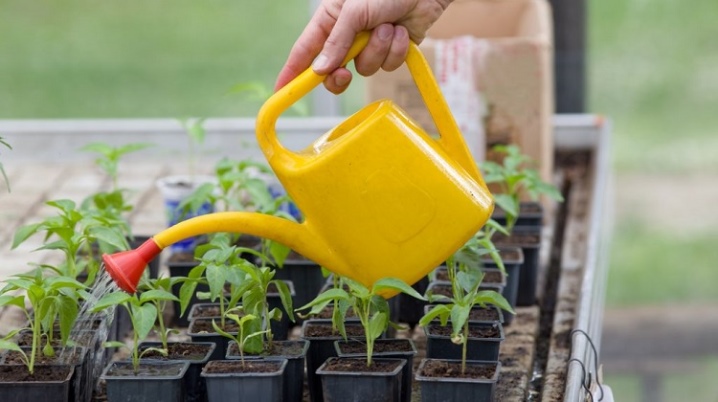
Fertilizer shortage
Seedling leaves turn yellow and fall off if the plant lacks nutrients. The first dressings are introduced at the sowing stage, but their culture quickly absorbs. Pay attention to the features of falling leaves. If the top sheets have flown around, then the plant lacks mineral fertilizers. The lower ones are discarded when there is a nitrogen deficiency. With yellowing of the leaf plate and the formation of green veins on it, it can be assumed that the seedlings need calcium. If the plant lacks potassium, then the leaf plate first turns yellow at the edges, and then the foliage curls, which again leads to falling off.
To correct the situation, you should feed the sprouts with complex compounds. With a lack of nitrogen, it is necessary to additionally fertilize the plant, for example, with Azogran granules. Seedlings need nitrogen regularly for high-quality and comfortable development in large volumes. Ammonium nitrate or urea is also suitable. However, it is important to fertilize carefully, as too much nitrogen can be dangerous. Gardeners are advised to feed the plant with weak solutions, for example, 1/2 tbsp. l. composition diluted in 5 liters of water. A mixture in such proportions will not burn the cotyledons of the seedlings.
With this tool, you can not only water, but also spray young bushes. Of course, after this procedure, the yellowed leaves will not recover, they should be removed, but the following leaves will be healthy, and the plant will bear fruit well in the future. Potassium deficiency can be compensated by complex mineral supplements.
Please note that all nutrient mixtures are applied under the root after watering. The next two days, the plant does not need to be irrigated so that the additives are not washed out of the soil.
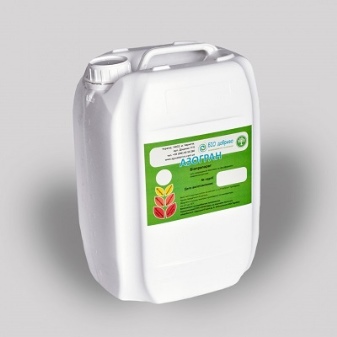
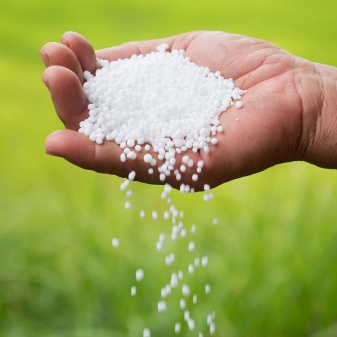
Diseases and pests
The cause of falling leaves can be the following ailments.
- Powdery mildew. The disease can be identified by the many light spots on the leaf blade, the area of uXNUMXbuXNUMXbwhich gradually grows. Soon one large brown spot forms. Fungicides can help control the disease.
- Fusarium wilt. In this case, the leaves acquire a lighter shade, wither, dry, and soon fly around. There is no cure for the disease: the affected bush must be destroyed, and the land must be cultivated.
Seedling leaves can also fall off if the plant is affected by insects.
- Aphid. The leaves turn yellow, burn out, fall off. Insecticides will help in the fight against pests.
- Spider mite. In this case, gray spots are visible on the leaf plate. There is a twisting of the leaves and their subsequent flying around. With a small lesion, treatment with a soapy solution will help, in advanced cases, pesticides are used.
You can check the soil for pests by loosening. If individuals and their larvae are found in the soil, then completely change it. You can treat the land affected by insects by disinfecting in the oven or by treating it with a hot solution of potassium permanganate.
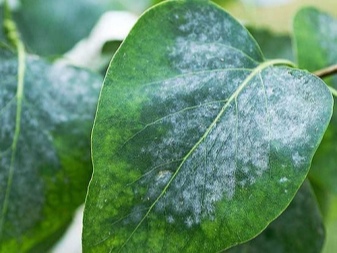
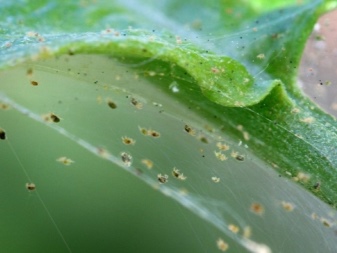
Common causes in different growing conditions
There are several other reasons why leaves may turn yellow. Consider certain conditions that contribute to this.
In the greenhouse
If the plant is grown in greenhouse conditions, then the cotyledon leaves may fall off in the following cases:
- infection with fungal infections;
- rare ventilation or its absence;
- draft;
- thickened fit.
The factors that lead to the above consequences are high temperatures, high humidity, oxygen deficiency. These causes often result in leaf loss when grown in a greenhouse.
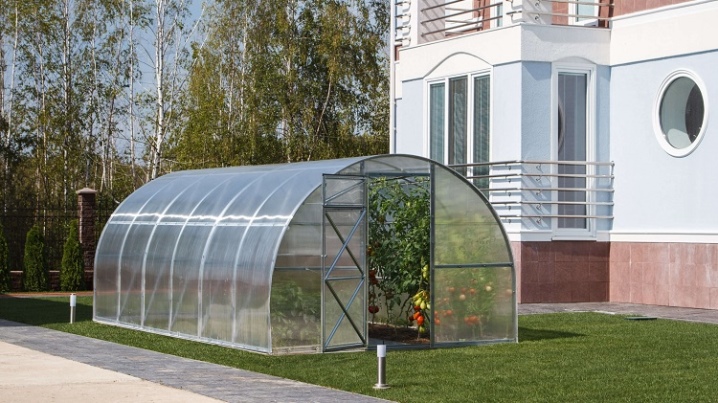
In open ground
In this case, the obstacles to the comfortable existence of culture are wind, cold, precipitation. Also, the plant may lose its leaves for the following reasons:
- moisturizing with cold water;
- renewed frosts at night;
- burn of cotyledon leaves, obtained under the influence of direct sunlight;
- non-compliance with the terms of transplanting seedlings into open ground;
- the poverty of the land in which the crop is grown;
- damage by insects, which less often attack plants cultivated in greenhouses and hotbeds.
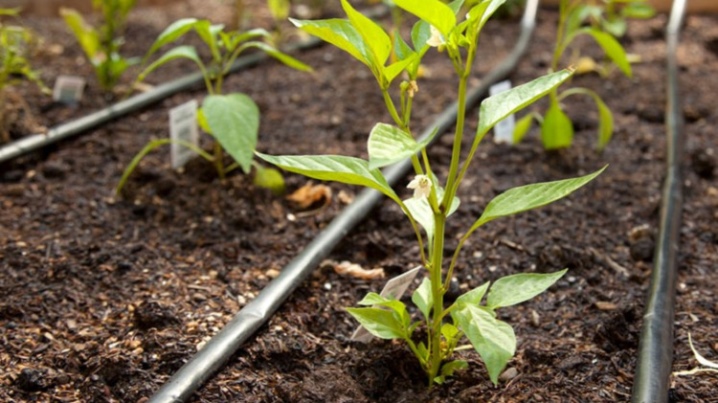
Preventive measures
Whatever the cause of leaf fall, the problem is not so easy to solve, so use the recommendations for preventing this phenomenon.
- Choose good seeds for sowing, bought from a trusted place. Before planting, treat them in a solution of potassium permanganate.
- Responsibly approach the choice of a site for landing. Plant a vegetable in a bed with diffused lighting, which is hidden from drafts.
- Refuse to plant in the area where tomatoes and other nightshades used to grow, as these crops suck out all the useful components from the soil during development, and the land becomes poor.
- Do not neglect preventive treatments for parasites. Inspect seedlings regularly for pests or signs of disease.
- After each irrigation, loosen the earth, and then oxygen will easily penetrate to the root system.
- If the plant is grown in a greenhouse or greenhouse, do not forget to regularly ventilate the room. This must be done, otherwise the fungus will not take long to wait.
If the leaves have already flown around, treat the drooping bush with Zircon. Now that the lesion has been stopped, the cause of this unpleasant phenomenon should be determined. If after the inspection signs of the disease are revealed, then destroy the sick specimen, and treat the earth with a fungicide. If the reason was non-compliance with the rules of agricultural technology, then change the growing conditions.
